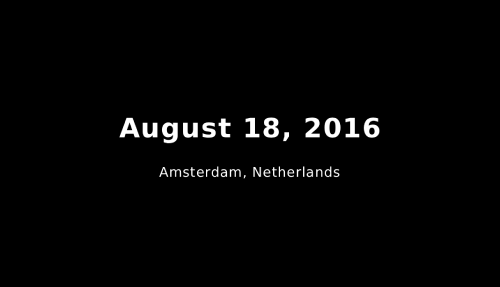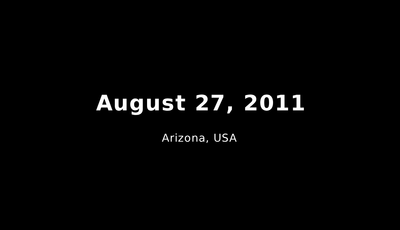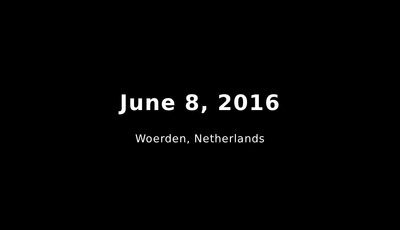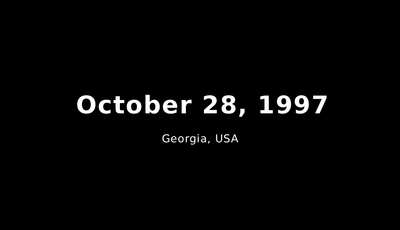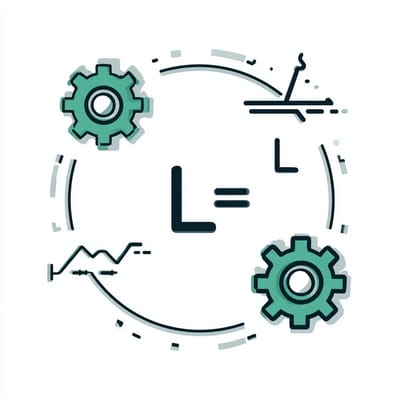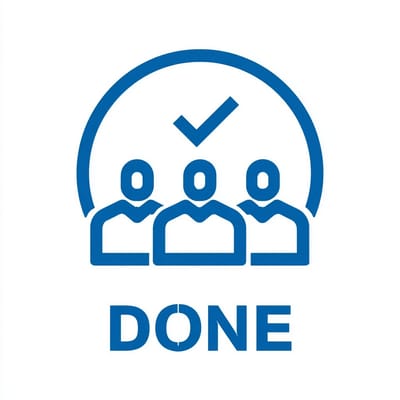January 4, 1989 (Frankfurt, Germany)
I saw Henrich stomping on Eno’s groceries and laughing. It was quite a mess. I yelled out my window at the two boys and Henrich ran away.
February 26, 2007 (Burco, Somaliland)
The next morning we got up and went for breakfast. During the night our guards were changed. These guards were different.
August 18, 2016 (Amsterdam, Netherlands)
I was looking in the bargain bins at backpack; that is when I heard Lotte scream. When I looked up, I saw the man grabbing Lotte and pulling her towards the exit of the shop.
August 23, 2002 (Ohio, USA)
My daughter and my truck are missing, and I think my friend took them both.
August 28, 2011 (Mutiara Damansara, Malaysia)
He shoved me down into the floor of the backseat. Waving a carving knife at me, he whispered again not to scream. The knife was old, but it looked sharp.
August 27, 2011 (Arizona, USA)
My daughter and my truck are missing, and I think my friend took them both.
April 15, 2017 (Colorado, USA)
My husband was a soldier. We don’t have any children and I work at the local library. Since returning from Iraq Steve was never really the same.
April 20, 2015 (Moscow, Russia)
When done talking with John, Sergi says I must go to lobby and wait for him. So I do, I take lift and go to lobby. I wait at bar is 6:30 pm and I have drink. Soon, two mans come to me and take me by arms. They are large mans.
February 4, 1982 (Kilkenny, Ireland)
Both men were very kind, and I enjoyed their company as I ate my meal. They asked me if I had plans for the evening and I told them no. Kumar suggested a club that had recently opened in Delhi by the name of Kitty Su.
July 6, 2012 (New Dehli, India)
Both men were very kind, and I enjoyed their company as I ate my meal. They asked me if I had plans for the evening and I told them no. Kumar suggested a club that had recently opened in Delhi by the name of Kitty Su.
July 20, 2003 (Florida, USA)
On my way back to the front door I could hear the phone ringing in my ear but there was no answer. So I knocked on the door again. Then I started walking around the house.
June 8, 2016 (Woerden, Netherlands)
I was looking in the bargain bins at backpack; that is when I heard Lotte scream. When I looked up, I saw the man grabbing Lotte and pulling her towards the exit of the shop.
March 28, 2014 (Louisiana, USA)
When I saw him get on the bus, I dialed 911 on my cell, but I didn’t talk cause I didn’t want to make trouble.
May 13, 2003 (Tennessee, USA)
It was a Saturday morning, and I was playing outside with my friend Laney. We were playing hopscotch on the sidewalk.
November 10, 2013 (Jharkhand, India)
In the evening, just before the sun was setting, Shiv, Haani, and Dharun went to the house of Ashrita and Prutha. The village women and children followed.
October 28, 1997 (Georgia, USA)
Tina and I had been there taking photographs of the graves. It must have been fall, around Halloween.
September 1, 2015 (Nimes, France)
I am an old man; I am not concerned. I did not scream. I turned around and saw a young couple standing there.
September 7, 2005 (Birmingham, United Kingdom)
There is a man, in the city, named Grigore Cojocaru, I know him from school. People say he sells women. I did not know this to be true. I know this now.
September 25, 2008 (Michigan, USA)
I don't usually work the late shift, but I was filling in for my friend Kisha. Kisha wanted to go to a movie with her cousin who was visiting from LA. So I traded shifts with her.
October 8 1998 (Hong Kong, China)
My name is Bolin Li; I am the CEO of a large cooperation that will remain nameless. In 1998 I
Agile mindset
The agile mindset emphasizes adaptability and continuous improvement. Team members adjust their strategies based on new information rather than following rigid plans. Flexible organizations adapt to rapid environmental changes.
Entry and exit criteria
Entry Criteria establish the conditions teams must meet before beginning new work phases or iterations. By meeting these requirements, upcoming tasks will be prepared and ready for completion.
Catalyst mindset
A catalyst mindset represents an approach that accelerates positive change and transformation within teams and organisations.
What does GRIT mean?
Remarkable success does not hinge on talent alone; it springs from grit—a distinctive combination of passion and persistence.
Aborted work
Agile methodologies define aborted work as tasks, features, or projects discontinued before completion
Little's Law
Little's Law reveals fundamental relationships in operational systems. This principle connects three key elements: items in a system, their arrival rate, and processing time.
Cost of delay
Cost of delay in Agile development measures the financial impact of project postponement. This concept helps teams understand what happens when features or decisions are delayed.
Definition of ready
The Definition of Ready is a set of criteria for preparing work items before sprint inclusion.
Definition of done
The Definition of Done establishes completion standards that unite team understanding. It creates shared expectations for both quality and delivery requirements.
Cost prediction
Cost prediction0:00/161.3191×
Cost prediction in agile estimates financial resources needed for project completion. This process differs from
Commitment point
The commitment point in Agile development represents a decisive moment when a development team formally accepts responsibility for specific deliverables within a defined sprint period.
Acceptance criteria
Acceptance criteria define the requirements a product must meet before completion. These standards establish clear expectations for quality, functionality, and performance that all team members understand and work toward.



